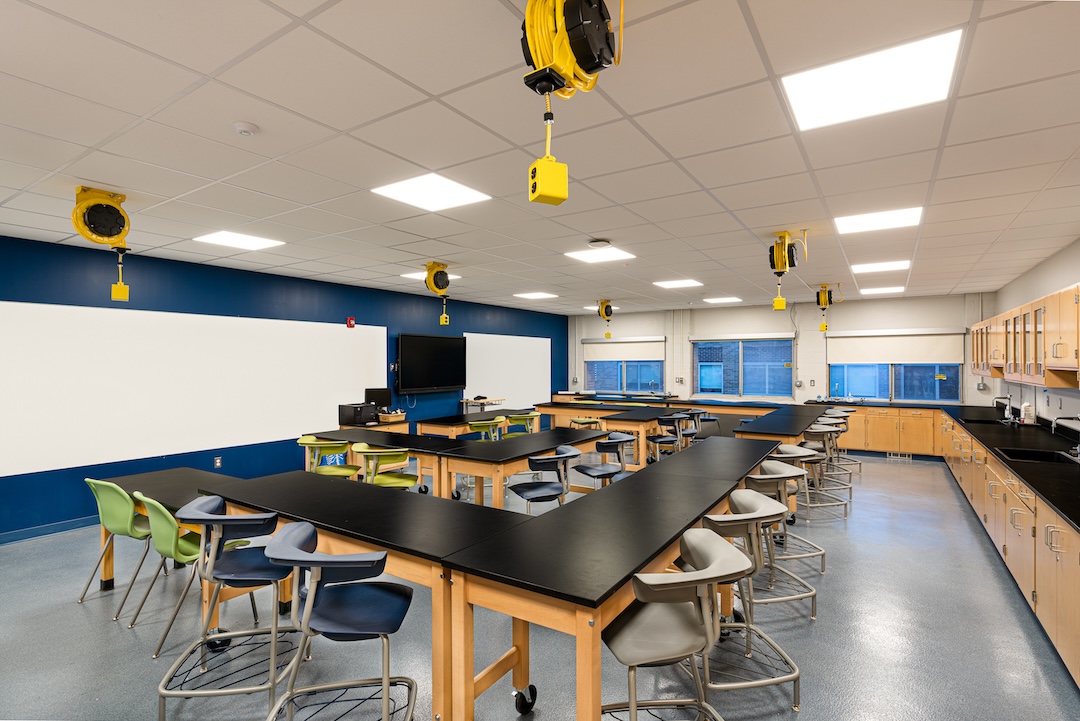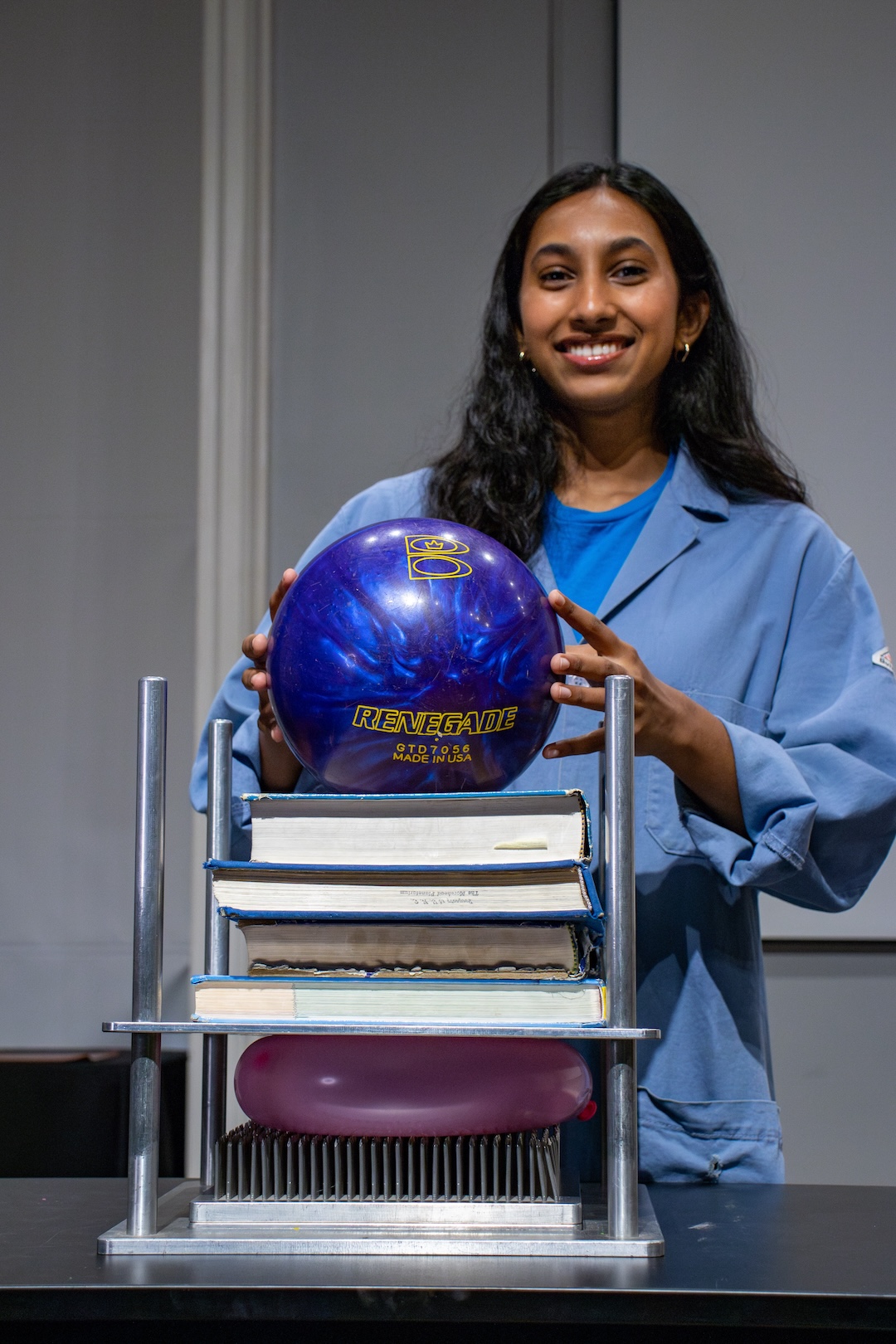Navigating STEM Identity and Anxieties: A Guide for Restarting the School Year
By CRYSTAL HARDEN
CHAPEL HILL, NC (September 18, 2024)—As the school year restarts, the halls echo with the anticipation of new lessons, challenges, and opportunities. For many students, especially those in the realms of Science, Technology, Engineering, and Mathematics (STEM), this return can be accompanied by a blend of excitement and apprehension. Whether entering K-12 or stepping back into the lecture halls of college, the journey of rediscovering your STEM identity amidst these anxieties is a shared experience.
Understanding STEM Identity
STEM identity isn’t just about excelling in math or acing a science experiment. It’s about feeling a connection to the disciplines, seeing yourself as someone who belongs in these fields, and being able to envision a future where you contribute meaningfully to them. This identity can be influenced by various factors: family support, exposure to STEM role models, academic experiences, and societal perceptions of STEM fields.
Challenges of Restarting the School Year
Restarting the school year, whether after a break or a significant transition, can be daunting. For some, it means tackling new concepts or diving deeper into previous ones. For others, it might involve adapting to new environments, teachers, or classmates. This transition can sometimes shake the confidence in one’s STEM identity, leading to anxieties about competence, belonging, or the ability to meet expectations.
Overcoming Anxieties
1. Recognize Your Strengths: Take stock of your past accomplishments and the skills you’ve developed. Reflect on challenges you’ve overcome in the past. Remember, resilience and adaptability are crucial traits in STEM.

2. Embrace Growth Mindset: Understand that intelligence and abilities are not fixed traits. Adopting a growth mindset means believing in your capacity to learn and improve over time. View setbacks as opportunities for growth rather than reflections of inherent limitations.
3. Seek Support: Don’t hesitate to seek help when needed. Whether it’s your teachers, classmates, or mentors, a wealth of support is available. Surround yourself with people who encourage and inspire you to pursue your STEM passions.

4. Set Realistic Goals: Break down daunting tasks into smaller, manageable goals. Celebrate each milestone you achieve along the way. Progress, no matter how small, is still progress.
5. Explore Your Interests: Take the time to explore different facets of STEM. Engage in hands-on projects, join clubs or extracurricular activities related to your interests. Finding joy and passion in what you’re learning can reignite your enthusiasm for STEM.
6. Cultivate a Supportive Environment: Foster a community of inclusivity and diversity within your school or college. Advocate for initiatives that promote equity and representation in STEM. Feeling like you belong and seeing others who share similar experiences can strengthen your STEM identity.
Restarting the school year can be a whirlwind of emotions, especially for those navigating their STEM identity. But remember, you’re not alone in this journey. By recognizing your strengths, embracing a growth mindset, seeking support, setting realistic goals, exploring your interests, and fostering a supportive environment, you can overcome anxieties and thrive in your STEM pursuits. So, as you step back into the classrooms and labs, hold onto your curiosity, determination, and the belief that you belong in the world of STEM.
Crystal Harden, EdD, is the director of program and access initiatives at Morehead Planetarium and Science Center and an adjunct professor at the UNC School of Education.
